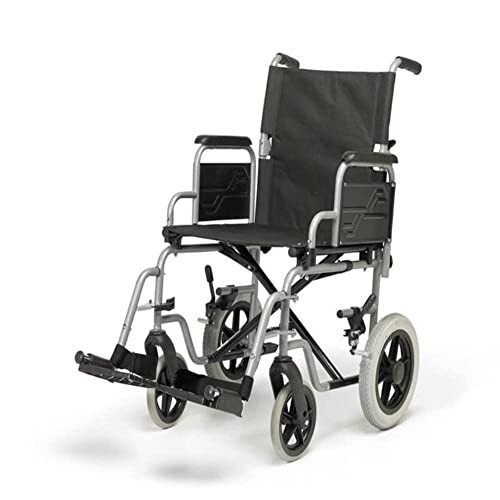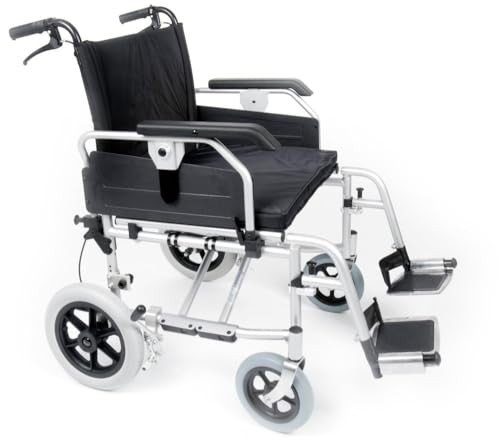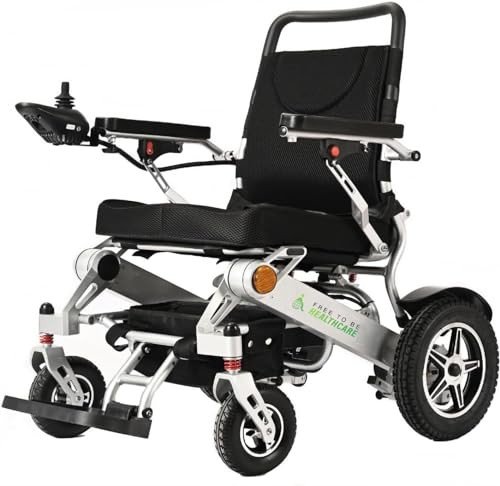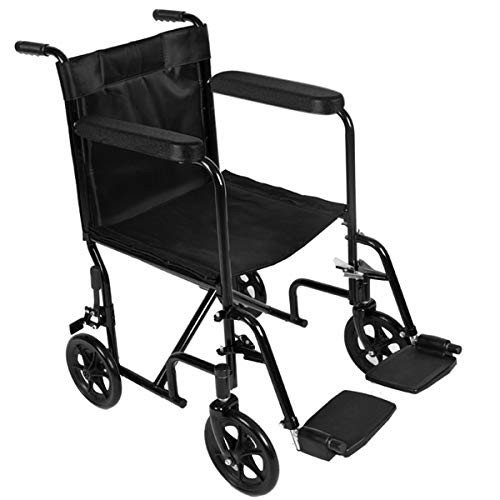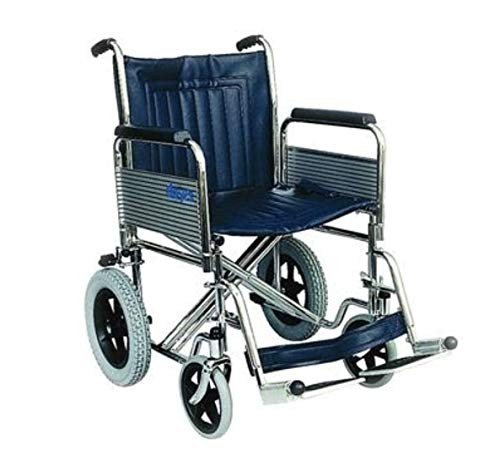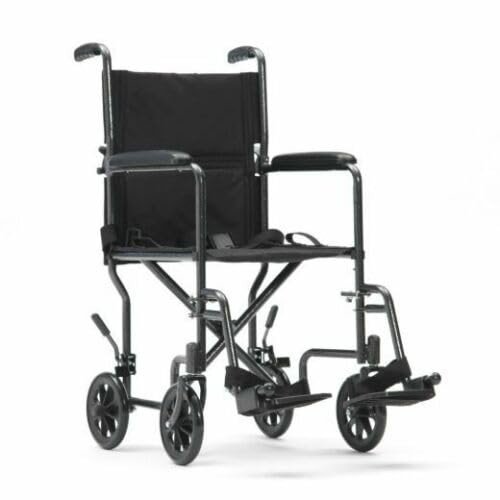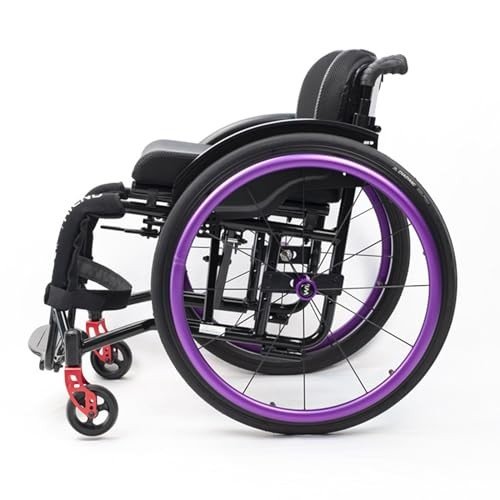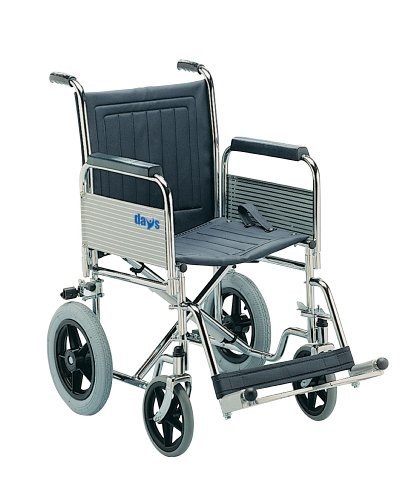Finding the right wheelchair can make a huge difference in your daily life. Whether you need something lightweight for easy transport or a sturdy model for everyday use, there's a perfect fit out there for everyone. Browse our selection to discover options that combine comfort, style, and reliability, so you can stay on the move with confidence.
Wheelchairs
Discover freedom and independence with our range of comfortable and easy-to-use wheelchairs
Product List
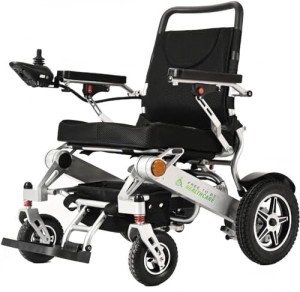
Lightweight Folding Electric Wheelchair
Free To Be Mobility Equipment
Product Review Score
4.87 out of 5 stars
134 reviews€778.44
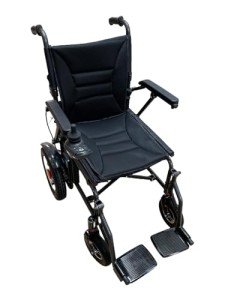
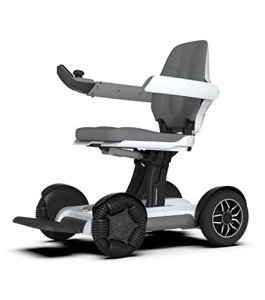
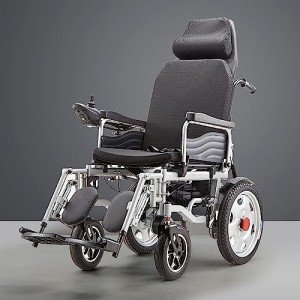

Lightweight Foldable Electric Wheelchair
Product Review Score
4.62 out of 5 stars
23 reviews€145.00
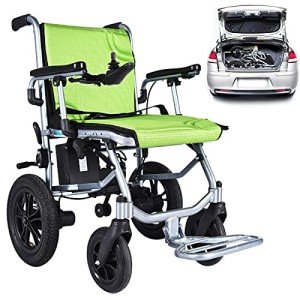
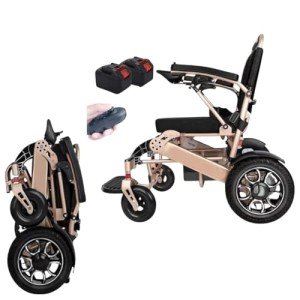
Remote Control Foldable Wheelchair
Product Review Score
4.97 out of 5 stars
7 reviews€995.95 €858.58

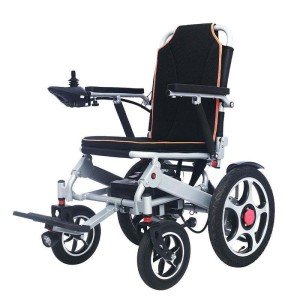
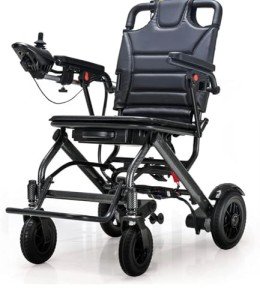
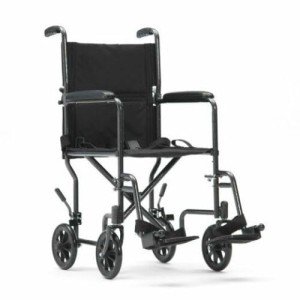
Angel Mobility Folding Chair
Angel Mobility
Product Review Score
4.38 out of 5 stars
35 reviews€77.79
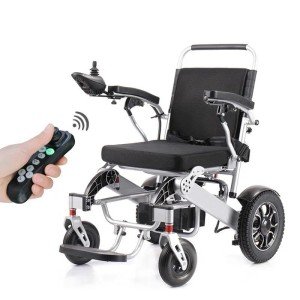
Wheelchairs are vital mobility devices that provide independence and enhance the quality of life for millions of individuals with limited mobility. As a significant aspect of disability support, it’s crucial to understand the different types of wheelchairs available, their features, and the importance of selecting the right one.
Types of Wheelchairs
When it comes to wheelchairs, they can be broadly classified into two categories: manual and powered wheelchairs. Below is a table summarizing the various types:
| Type of Wheelchair | Description | Pros | Cons |
|---|---|---|---|
| Manual Wheelchair | Propelled by the user or attendant. | Lightweight, no batteries needed, more affordable. | Requires upper body strength, may be tiring for long distances. |
| Powered Wheelchair | Motorized and controlled via joystick or buttons. | Less physical exertion, easy to use. | Heavier, requires charging, more expensive. |
| Transport Wheelchair | Designed for being pushed by a caregiver. | Lightweight, allows for easy transport. | Dependent on a caregiver for mobility. |
| All-Terrain Wheelchair | Designed for outdoor use on rugged terrain. | Better access to nature and various environments. | Heavier and bulkier than standard models. |
| Sport Wheelchair | Specialized for competitive sports (e.g., basketball). | Lightweight and durable for high performance. | Often more expensive, less versatility for daily use. |
Choosing the Right Wheelchair
Selecting the right wheelchair depends on multiple factors including the user's specific needs, physical condition, and lifestyle. Here’s a checklist to help guide the decision-making process:
- Assess Mobility Needs: Evaluate how often and for what activities the wheelchair will be used.
- Consider Physical Condition: Take into account any physical limitations or conditions that may affect wheelchair selection.
- Space Requirements: Ensure that the chosen wheelchair fits the environment it will be used in, such as home, work, or outdoors.
- Comfort and Support: Look for features that provide adequate support, cushioning, and comfort to the user.
- Budget: Consider the cost implications, including potential insurance coverage and maintenance of the wheelchair.
The process of choosing a wheelchair can be complex, and consultation with healthcare professionals and rehabilitation specialists is often advisable to make the best choice.
Benefits of Using a Wheelchair
Wheelchairs offer numerous benefits, fostering increased independence and participation in daily activities:
- Enhanced Mobility: Wheelchairs allow individuals to navigate their environments more freely.
- Social Interaction: Users are better able to engage in social settings and community activities.
- Health Benefits: Utilizing a wheelchair can help prevent secondary health issues related to immobility, such as pressure sores and muscle atrophy.
- Accessibility: Many public spaces are becoming increasingly accessible, allowing wheelchair users greater access to shops, parks, and other facilities.
FAQs about Wheelchairs
1. What is the average lifespan of a wheelchair?
The average lifespan of a manual wheelchair is around 5 years, while powered wheelchairs can last up to 10 years with proper maintenance.
2. How do I maintain a wheelchair?
Regular maintenance includes checking and inflating tires, cleaning, lubricating moving parts, and ensuring that batteries in powered models are charged and functioning properly.
3. Can I customize my wheelchair?
Yes, many wheelchairs can be customized with various accessories such as footrests, armrests, and cushions tailored to the user’s needs.
4. Are there grants or funding available for wheelchair purchases?
Many organizations offer financial assistance, grants, or funding options for individuals who need wheelchairs. Checking with local disability organizations can provide valuable resources.
5. How do I transport a wheelchair?
Most wheelchairs can be folded for easier transport in a vehicle. For powered wheelchairs, there are vehicles and lifts designed specifically for their transportation.
In an increasingly accessible world, wheelchairs play a transformative role in enhancing mobility for individuals with disabilities. Understanding the various types of wheelchairs, their benefits, and how to maintain them can empower users and caregivers alike.
When assessing the needs and preferences of wheelchair users, it becomes evident that a one-size-fits-all approach does not apply; rather, individualized consideration is key to ensuring the right fit, comfort, and access to mobility. As technology advances, wheelchairs will continue to evolve, providing even more options for users to lead fulfilling, active lives.
Additional Resources
If you're interested in learning more about wheelchairs or need assistance in choosing the right type, consider reaching out to rehabilitation centers, occupational therapists, or local disability organizations for support. Ultimately, investing time and resources into selecting the right wheelchair signifies a commitment to independence, health, and a better quality of life.
